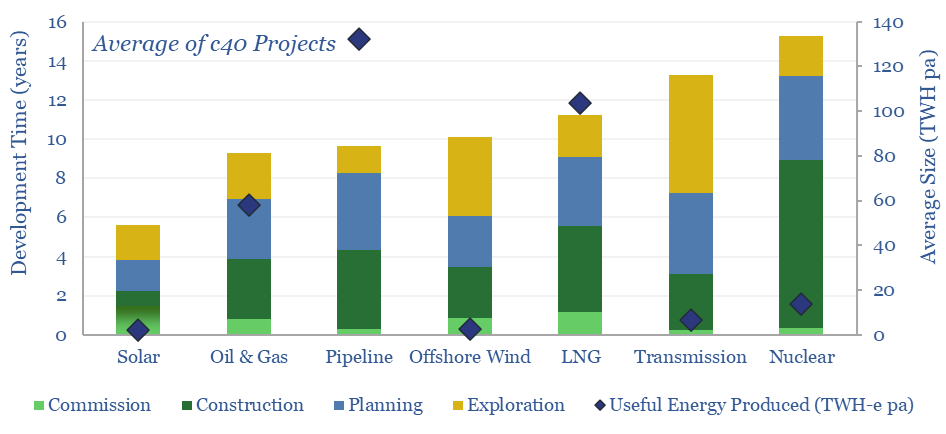
Energy development times average c4-years for solar projects, 6-years for wind, 7-years for oil, gas, pipelines, LNG, 13-years for nuclear, while infrastructure such as gas pipelines and power transmission lines…
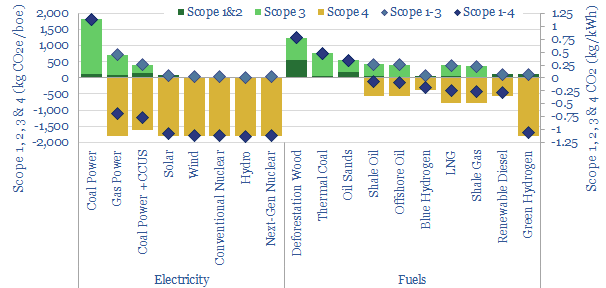
…vastly, from -1.25 kg/kWh to +1.25 kg/kWh, and offer a more constructive view for funding decarbonization initiatives. $499.00 – Purchase Checkout Added to cart Specifically, we take examples in coal, oil, gas,…
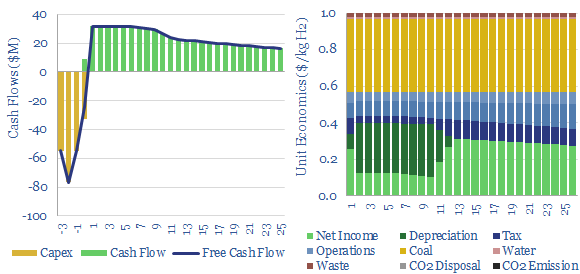
…a typical syngas plant must charge around $500/ton, in order to generate a 10% IRR. The syngas can then be used in making chemicals (c50% of the syngas market, e.g.,…
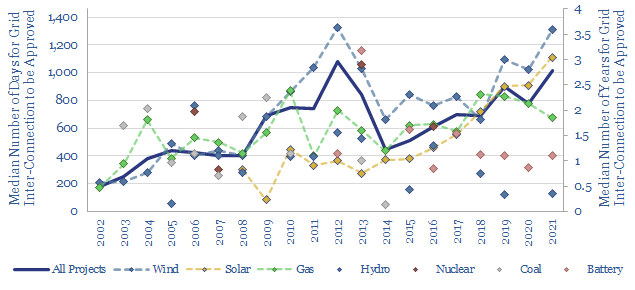
…(now surpassing 150MW). But wind projects have always been larger than the average power project seeking approval to connect to the grid. And there are many small gas, coal and…
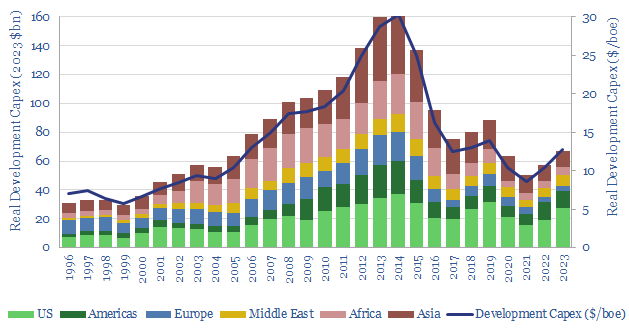
…TOTAL, which comprise c10% of the world’s oil production and 12% of the world’s gas production. As a good rule of thumb, this group can be thought of as c10%…
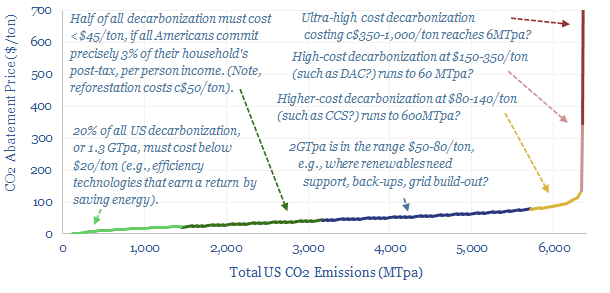
…by 2050, while displacing 100 bcf of natural gas (0.3 bcfd, versus today’s 100bcfd US gas market). Whether these are big numbers or small numbers depends entirely on your mindset….
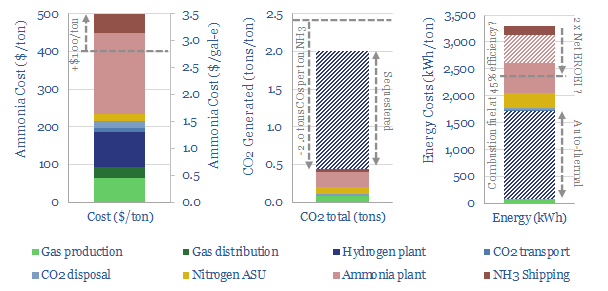
…gas production, gas distribution, hydrogen production, nitrogen production, ammonia synthesis, CO2 transportation, CO2 disposal and ammonia shipping. Hence we can estimate the costs (in $/ton), CO2 intensity (tons/ton) and energy…
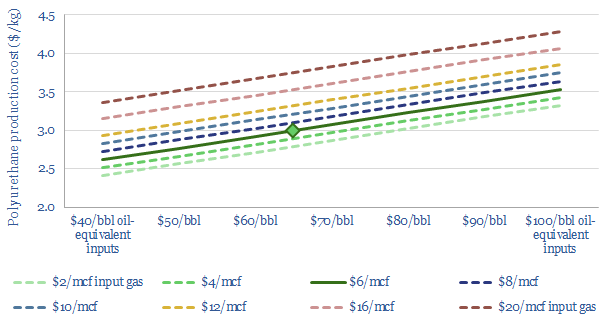
…spandex-lycra fibers. Costs depend on oil, gas and hydrogen input prices. $399.00 – Purchase Checkout Added to cart Polyurethane production costs are complex to model, because there are over 20 intermediate stages…
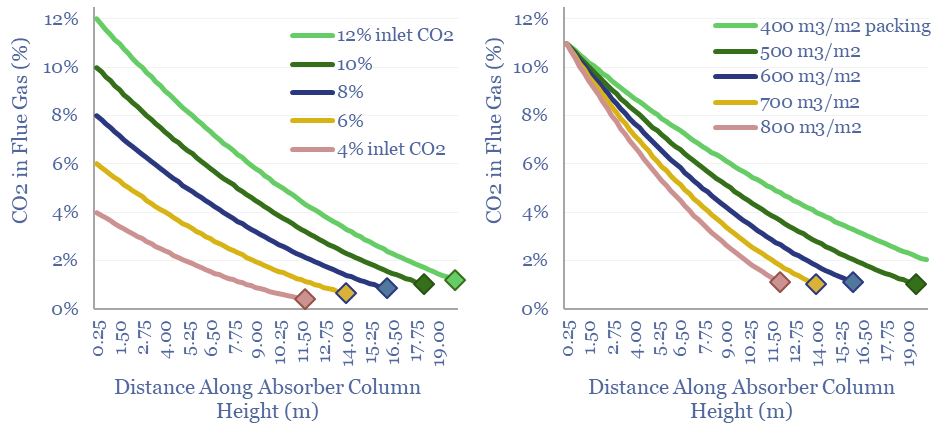
…CO2 from pre-existing industrial facilities and power plants, by flowing exhaust gases upwards through an absorber unit, while a solvent simultaneously flows downwards and reacts with the CO2. Costs, energy…
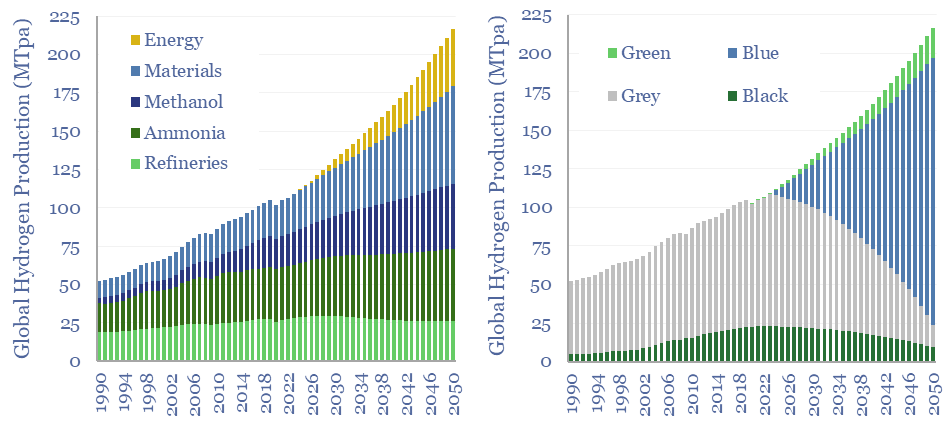
…what implications for the gas industry, power industry and CCS industry? (pages 12-16). Large industrial gas companies and technology providers are pursuing different strategies amidst this evolving landscape (page 17)….










